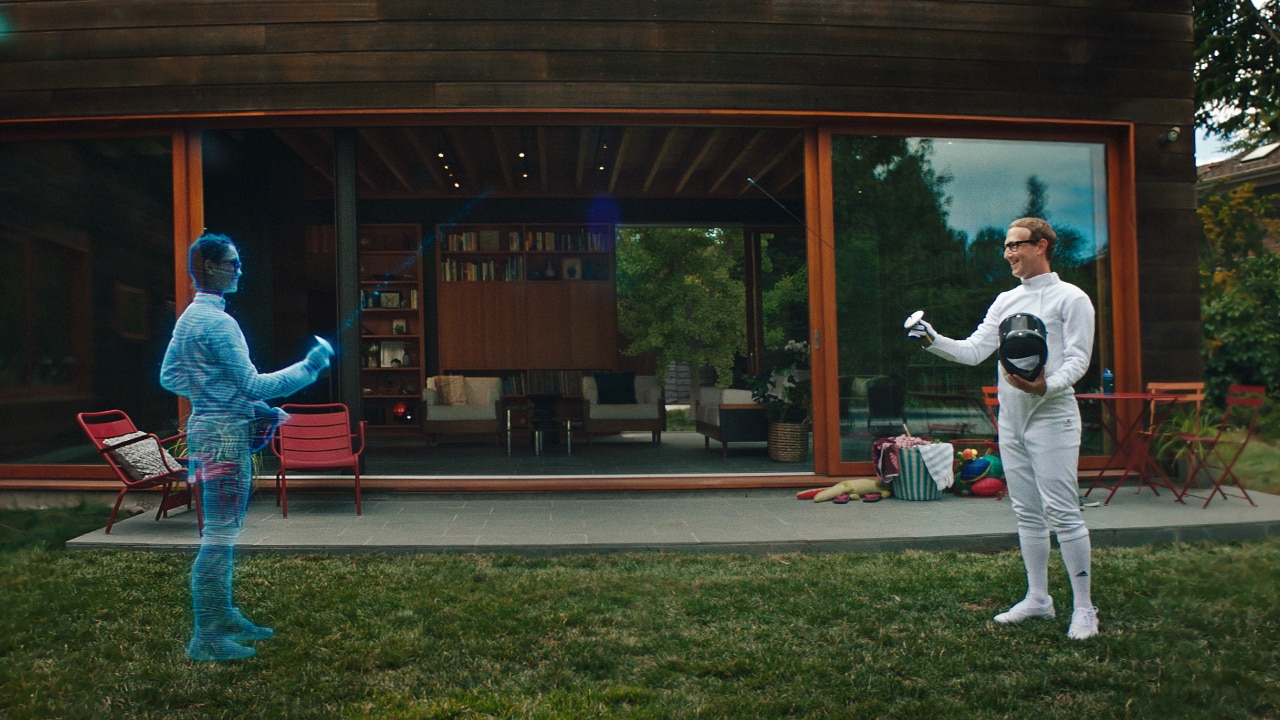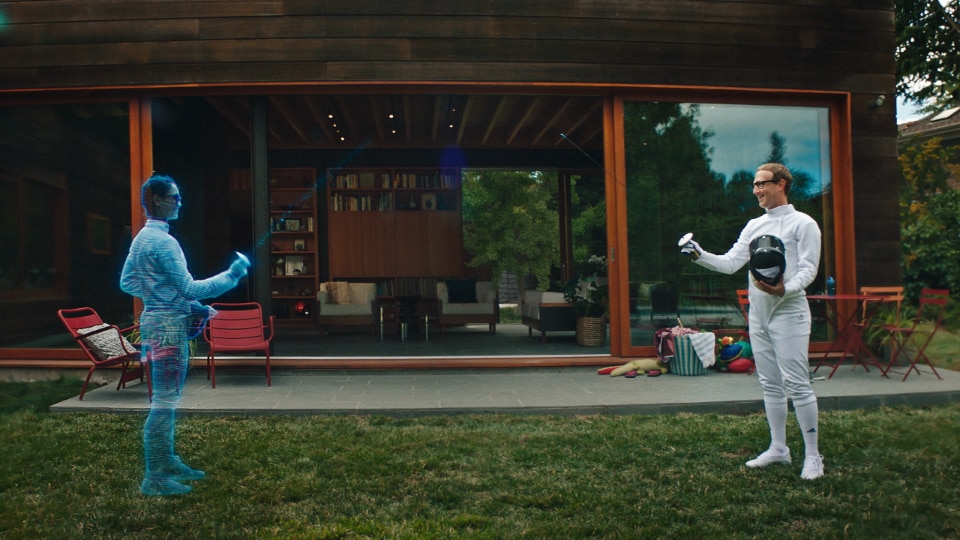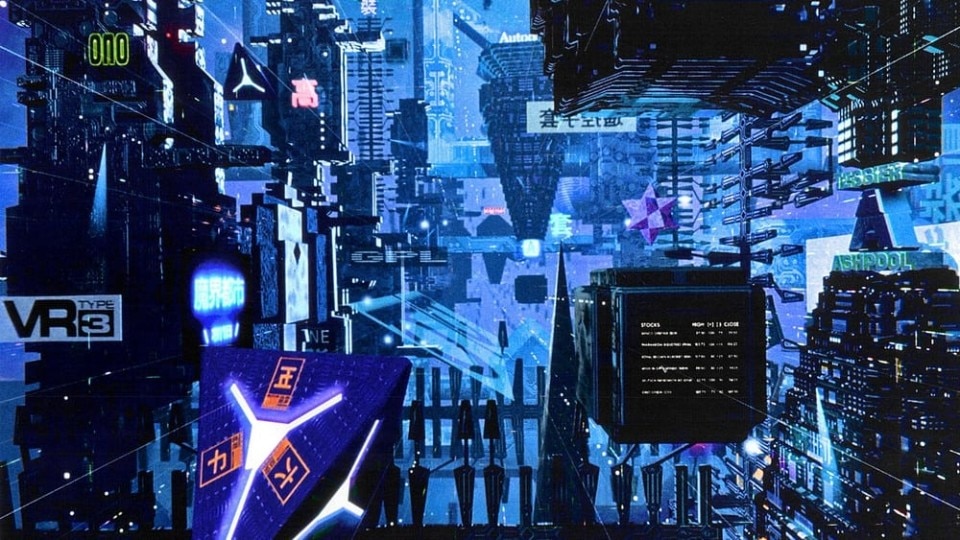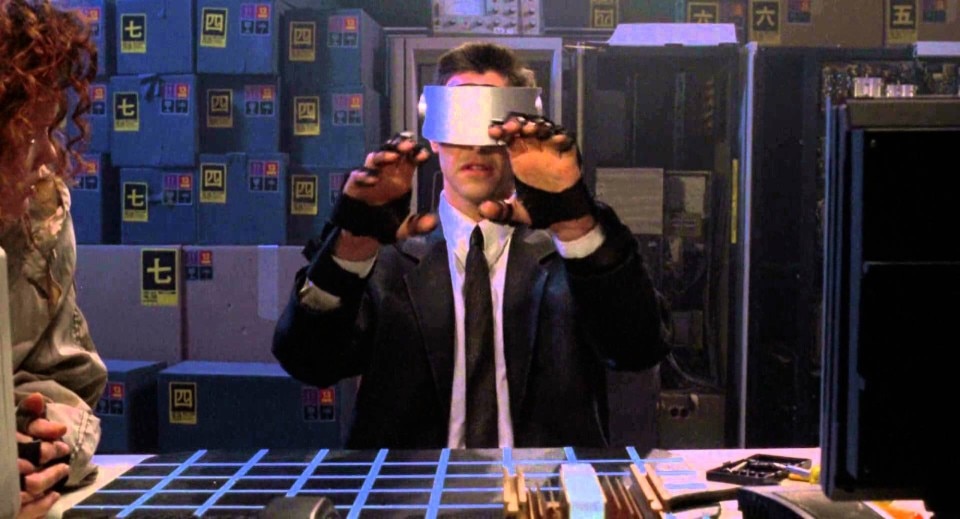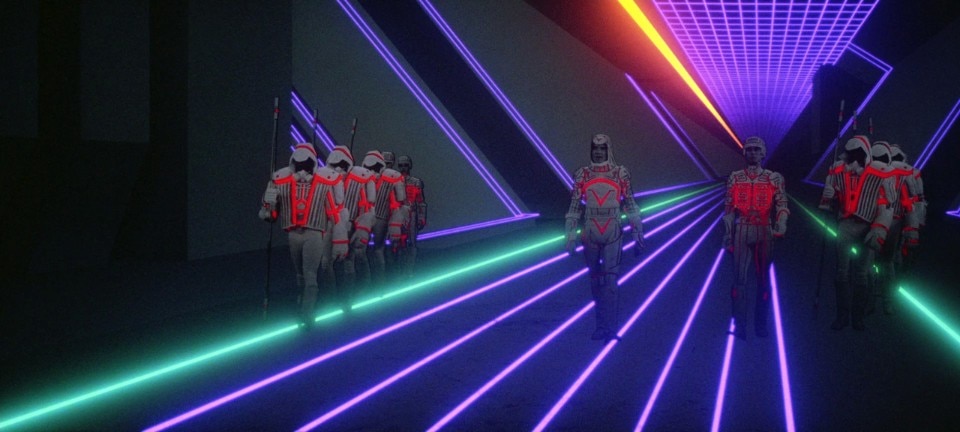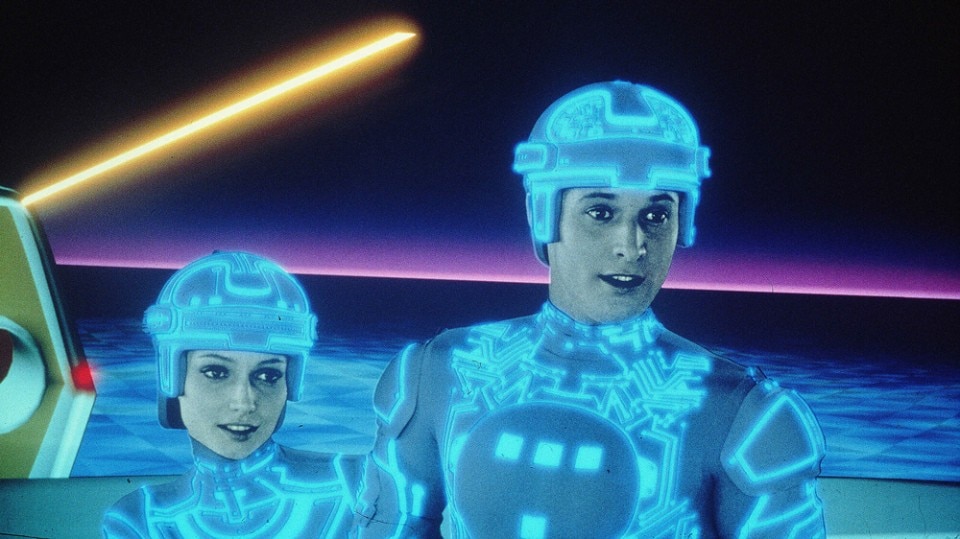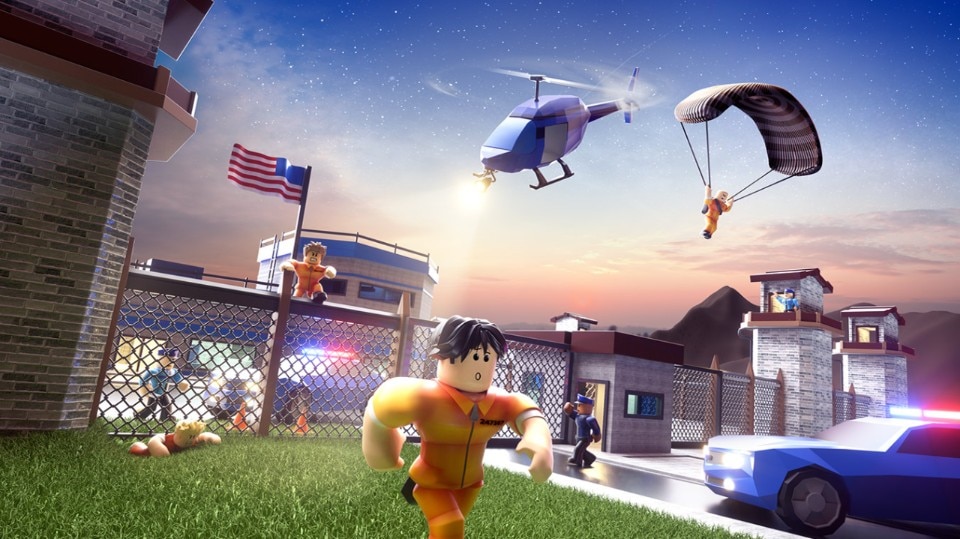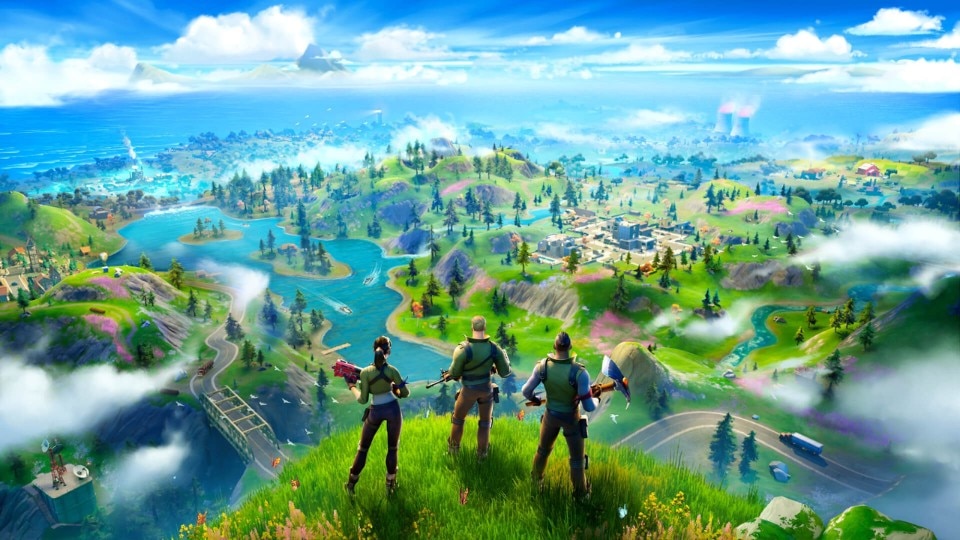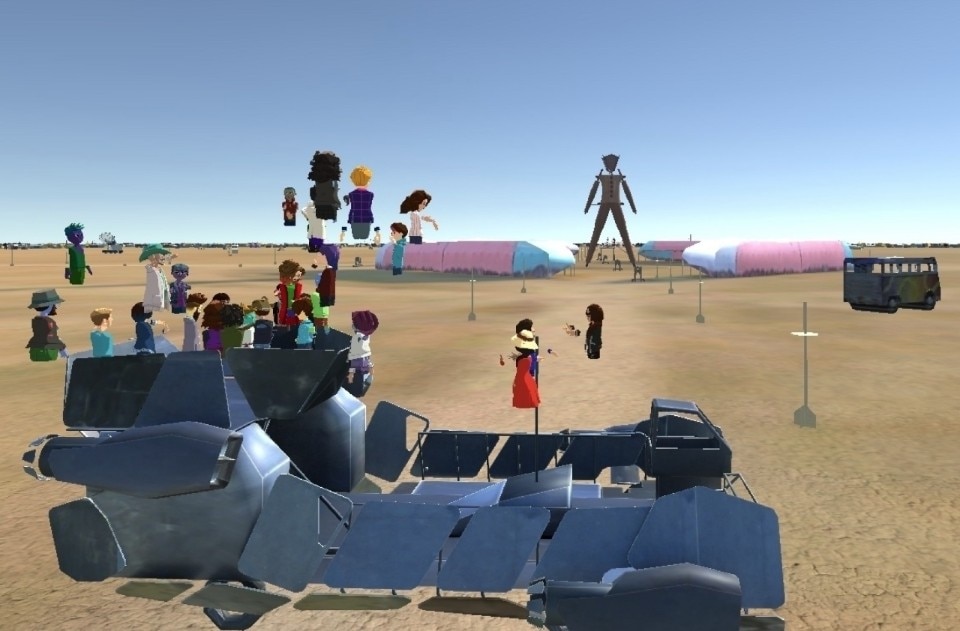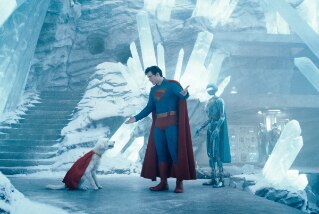Among the giants that are now working on the construction of a metaverse, however, we find Facebook/Meta and Microsoft, but also some protagonists of the world of video games such as Epic Games (which with Fortnite is creating a sort of metaverse dedicated to entertainment only), the Roblox platform, the Chinese Tencent and even apparently unrelated realities such as Tinder.
What is the metaverse? It's a digital and immersive world that can be accessed primarily - but not exclusively - through virtual reality. No longer a simple video game in VR, but an open environment in which to meet friends' avatars, store in stores specializing in digital accessories, attend concerts, go clubbing and even work, replacing meetings on Zoom with meetings immersed in a VR environment.
And when will the metaverse arrive and actually become a reality? To tell the truth, there won't be a precise day in which the metaverse will be officially inaugurated: already today, tools like Facebook/Meta's Horizon Workrooms (designed for business meetings) or environments like Microsoft's AltSpaceVR (more like an immersive social network) represent embryos of the metaverse, which by expanding and broadening their functions over time will gradually turn into a full metaverse.
The real challenge for the future will be to make all these separate meta-verses interoperable and create a true virtual world, open and interconnected. But first, let's look at the past, to understand where the concept of Metaverse comes from.
Suddenly, he decided to take off his virtual reality headset and leave the metaverse. After a long time, he remembered the warmth of the sun, the coolness of the rivers, the wind on his face. He had never been able to experience all of these sensations in a digital environment. Impressed by his newly found contact with the physical world, he wanted to return to the metaverse just to tell his companions, who were still stuck in virtual reality, about everything they could find out there.
However, he soon realised that he would also have to explain that in the physical world they couldn’t teleport nor fly, and they could really get hurt. To his peers in the metaverse, the physical world that had given him such strong sensations would be a dysfunctional environment anchored in physical and experiential limitations. To them, it was the metaverse that represented the real world. The place to which he had decided to return was an impoverished and limited one. Any attempt to convince them otherwise would be wasted energy.
Plato’s myth of the cave - which today we could almost define as dystopian - comes in handy once again to highlight the risks, opportunities and limits of the metaverse - the digital and augmented replica of the physical world, to experience in virtual reality and on which companies such as Mark Zuckerberg’s Meta, (Fortnite’s) Epic Games, Tencent with Roblox, Microsoft and others are working. It is a digital environment that is being sold as a dream world: a richer and limitless version of reality, in which we can immerse ourselves whenever we feel like it. Utopia.

However, the very decision to use the term ‘metaverse’ reveals the ambivalence of this huge digital gamble. In each of its literary iterations, the metaverse has always been realised in a dystopian world. Not only that, but these fictional metaverses are often nothing more than a grim replica of the physical world or a cold environment populated by black-and-white geometric shapes.
The first version of the metaverse, though under the name cyberspace, is the one we find in the novel that launched the cyberpunk literary genre, William Gibson’s Neuromancer. Here, cyberspace is the graphic representation of the information that connects all the databases and computers in the world. Nothing extraordinary, in short: a sort of virtual reality version of the internet, which, however, hides many dangers.
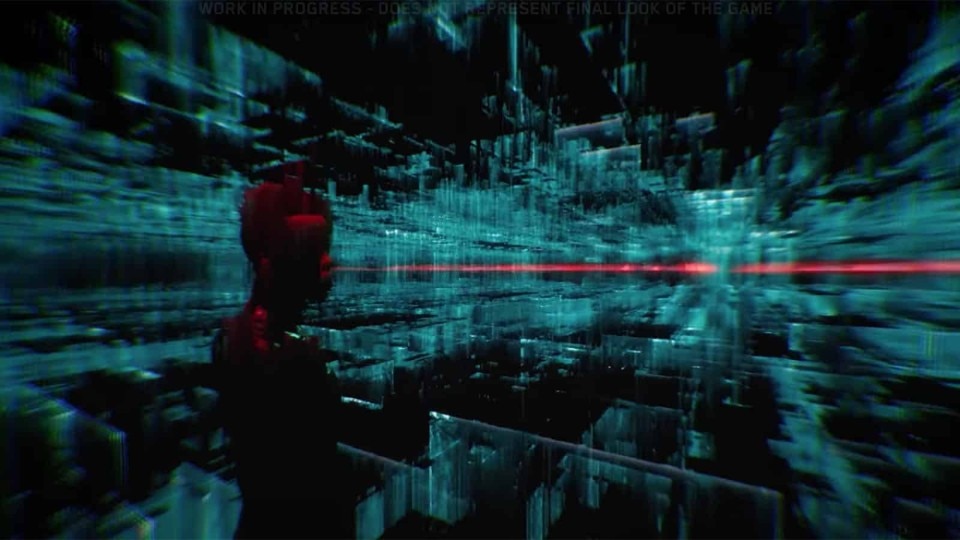
The next version dates back to 1992 and is found in another cyberpunk classic, Snow Crash by Neal Stephenson. It is on these pages that the term “metaverse” appears for the first time, indicating the virtual place in which users immerse themselves to escape a post-democratic society dominated by mafia-like megacorporations. Stephenson’s metaverse, however, is anything but idyllic: it is a treacherous, often seedy place, where the drug/virus ‘Snow Crash’ has been spreading like wildfire, putting the lives of hackers at risk. Sure, it can be fun - the protagonist Hiro enjoys taking on virtual challenges with the Katana - but it certainly wasn’t created for entertainment purposes.
Stephenson’s metaverse also resembles a more or less faithful replica of the real world, with a few additions: [Hiro] is in a computer-generated universe that his computer is drawing onto his goggles and pumping into his earphones. In the lingo, this imaginary place is known as the Metaverse. […] Developers […] can build buildings, parks, signs, as well as things that do not exist in Reality, such as vast hovering overhead light shows, special neighborhoods where the rules of three-dimensional spacetime are ignored, and free-combat zones where people can go to hunt and kill each other”.
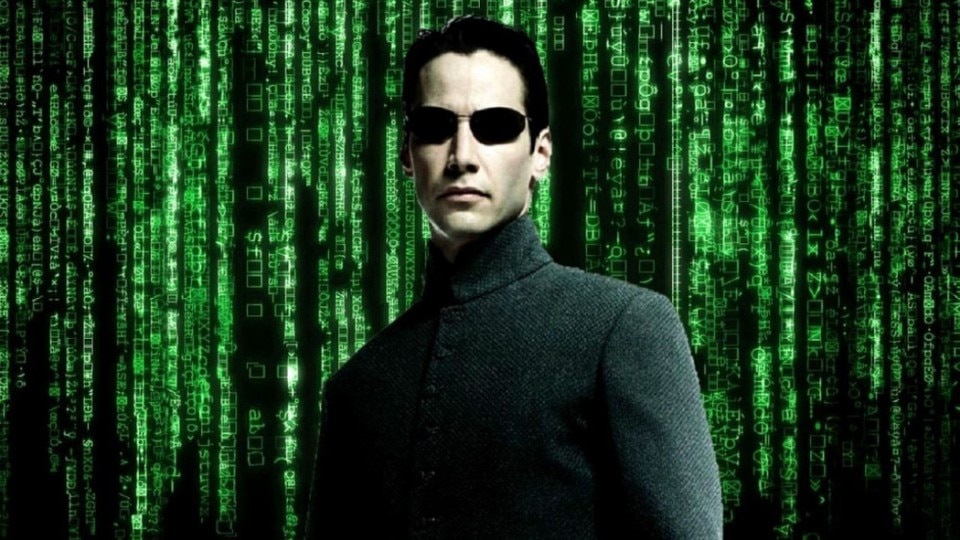
And then there is The Matrix, which in 1999 took the metaverse to a whole new nightmarish level: there, the virtual world is a faithful replica of the real world. It was built by machines in order to harvest humans and exploit their natural heat and bioelectricity. In each of these works, therefore, the metaverse (or cyberspace, or Matrix) is a place that reminds us more of a nightmare than of a dream.
Perhaps The Matrix is the best allegory of the metaverse that is emerging in our reality, in which we are offered a virtual Eden to bury our heads in the sand and lead satisfying simulacra of life, while out there the climate crisis, the pandemic, inequality and exploitation are raging. Here it is, the metaverse promised by Zuckerberg: an environment in which we can invite friends’ avatars into our digital homes even if there is a lockdown, in which we can ski even when the snow no longer exists, in which we can already pretend to live in beautiful villas although in reality we are forced to live with roommates until we are 40.
The environment imagined by the hacker and anarchist counterculture as an anti-capitalist warning is co-opted by capitalism itself, which makes it its own, repackaging it and selling it back to us; completely overturning the negative conception that underlies it, but keeping the same name (it almost sounds like a hoax). This is not the first time: the open internet of the early days - which was supposed to free information, culture and even humanity from all constraints - has turned into the enclosed gardens of Facebook, Google and the other Tech Giants. The sharing economy, which was supposed to free us from wage labour, has taken the form of the exploitation of Uber’s and Deliveroo’s gig economy. Bitcoins and blockchain, which were supposed to subvert the financial order, have become the new toys of hedge funds and speculators who have become even richer with them.
And now it is the turn of the metaverse of Meta/Facebook, which instead of creating, as the New York Times writes, “a new frontier where social norms and value systems can be written anew, freed from cultural and economic sclerosis”, becomes the victim of Mark Zuckerberg, who with his very poor imagination as a miracle engineer cannot come up with anything but work meetings with avatars of colleagues, cozy evenings with avatars of friends, and ping pong matches with avatars of relatives.
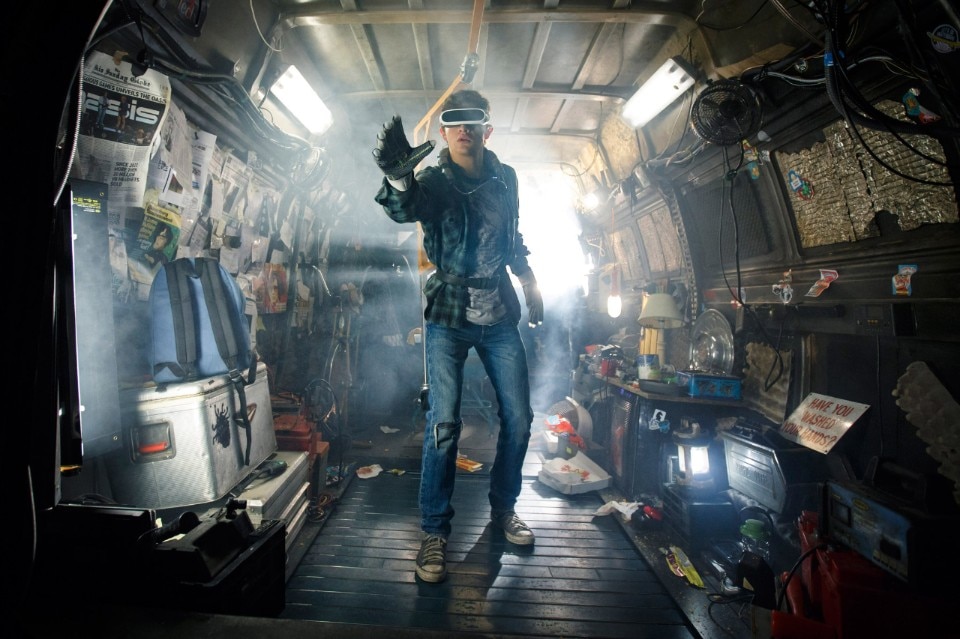
The question we should really be asking ourself, then, is why on earth we should experience a simulacrum of physical reality when even talking about it bores us to death. At this point, we can only hope that it achieves great success and manages to include the metaverse that Epic Games is building through Fortnite. At least - based on what we know today - the digital world of Fortnite is not so much reminiscent of Snow Crash, but if anything of the only metaverse we haven’t talked about so far - the one in Ready Player One, which is called Oasis and at least has the advantage of being incredibly fun: drag racing, space fights, flying dance clubs and everything else you can imagine.

This system turns the outdoors into a custom experience
A fully configurable structure, designed to blend seamlessly into the natural landscape while providing shelter from sun, wind, and rain.
It exists - it’s called CODE.


